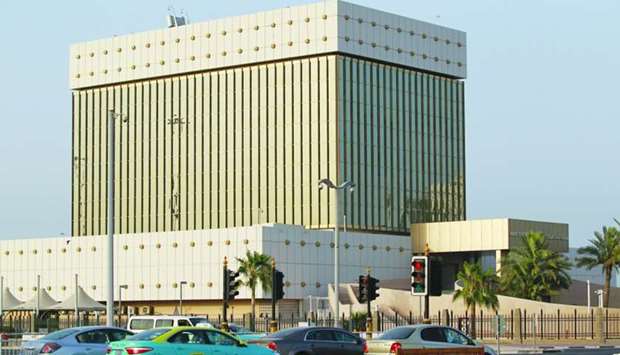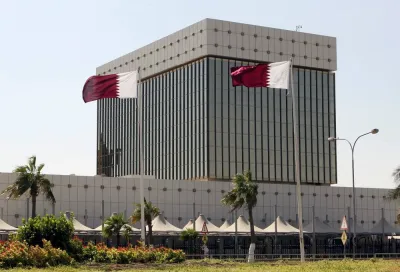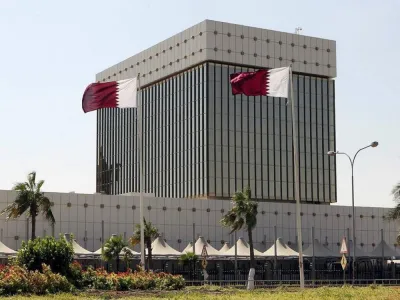Qatar Central Bank may resume tightening from H1, 2019 as non-hydrocarbon growth picks up, Fitch Solutions said in a country report
The Qatar Central Bank (QCB) may seek to increase interest rates to "defend the peg", amidst the backdrop of the US Federal Reserves (Fed) monetary tightening, according to Fitch Solutions.
Fitch Solutions forecasts the Fed to hike its main policy rate by 25 basis points (bps) by end-2018, taking the rate to 2.25% and a further 75 bps in 2019 to 3%.
“This trajectory will encourage the QCB to raise its policy rate to defend the riyal-dollar peg,” Fitch Solutions said.
“That said, we see potential for the QCB to continue delaying hikes in the near term in order to support non-hydrocarbon sector growth,” Fitch Solutions noted.
Since the US Fed began to increase interest rates in 2015, Fitch Solutions said, “The QCB followed a similar interest rate trajectory albeit with a lag, likely to ensure credit availability to the non-hydrocarbon sector. Overall, recently released data from the QCB indicates that the non-hydrocarbon sector shrunk by 1% in Q2, 2018. “This reinforces our view that, despite rapid US monetary tightening, the QCB will delay rate hikes to stimulate growth in the non-hydrocarbon sector. Given our positive foreign reserve growth forecast of $28 .2bn by 2019 (equivalent to 8.8 months of import cover according to the IMF), the QCB will easily weather any pressures stemming from widening rate differentials,” Fitch Solutions said.
According to Fitch Solutions, “The QCB may resume tightening from H1, 2019 as non-hydrocarbon growth picks up. We forecast an increase in the policy rate by 100 bps during 2019, in line with our forecast for Fed hikes. This will bring the main Qatari policy rate to 6% by the end of H2, 2019.”
On Qatar’s inflation, Fitch Solutions said it has revised its 2018 average inflation rate forecast down to 0.5% from 0.9%. This is slightly above the 2017 average inflation rate of 0.4%, albeit modest relative to the rest of the Mena region.
“Our downward revision is partly due to weak food inflation, driven by low global food prices. The Food and Agriculture Organisation’s Food Price Index hit 163.5 in October, from 176 .5 in October 2017. Combined with declining real estate prices, headline inflation has been low throughout 2018, averaging 0.4% in the year to date,” Fitch Solutions said.
Fitch Solutions forecast average inflation to reach 2.5% in 2019 and 2.3% in 2020 on the back of the (expected) introduction of the 5% value-added tax (VAT).
Adding further upward pressure on inflation in 2019 will be oil price gains – albeit to a lesser extent than in 2018. US sanctions on Iran will limit Iranian oil supply by around 1bn bpd, while potential further oil production cuts by Russia and Opec pose further risk to supply.
As such, Fitch Solutions team forecasts average Brent crude prices to rise from $55.8 for a barrel in 2017 to $81 in 2019.
This will stimulate higher inflation, primarily through higher input and transportation costs.




